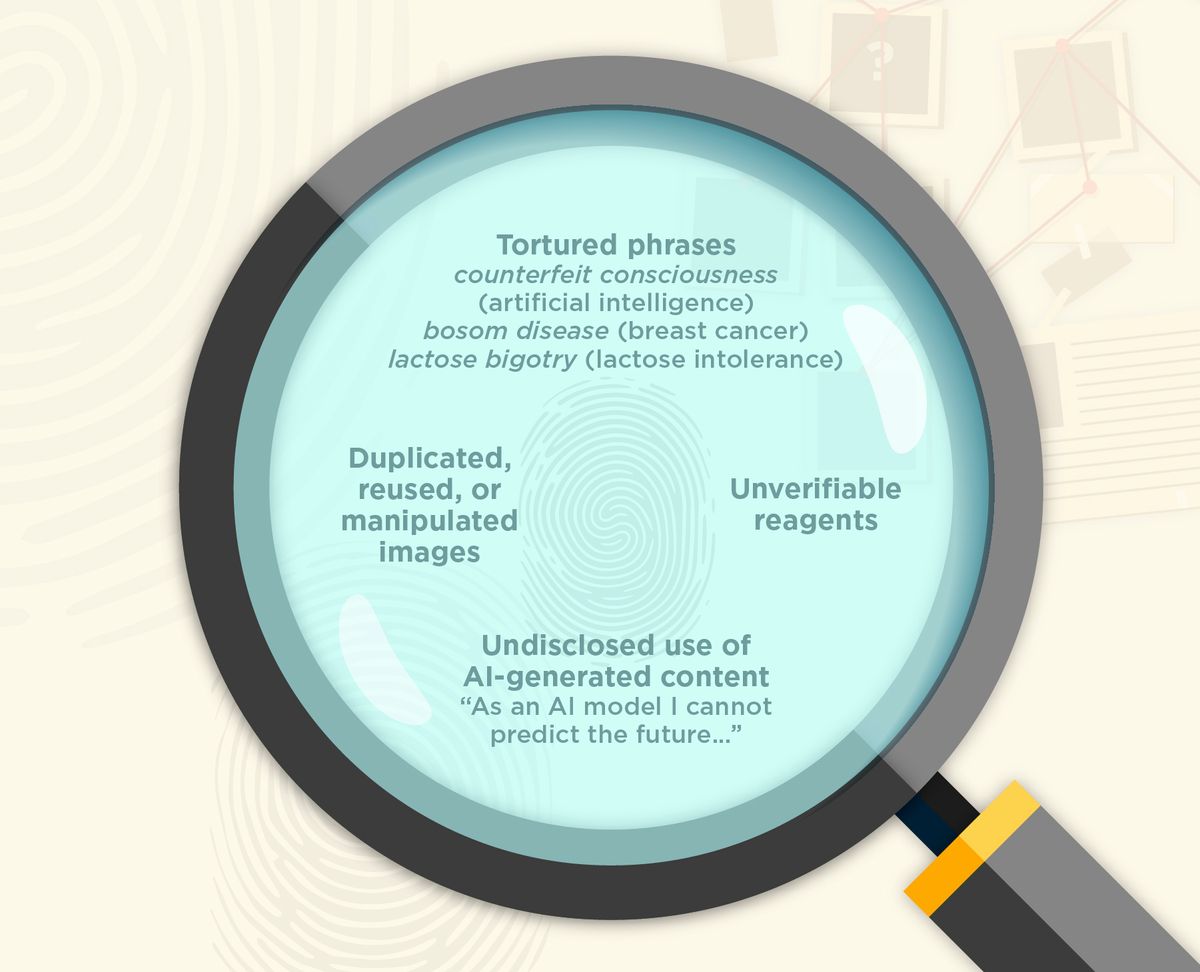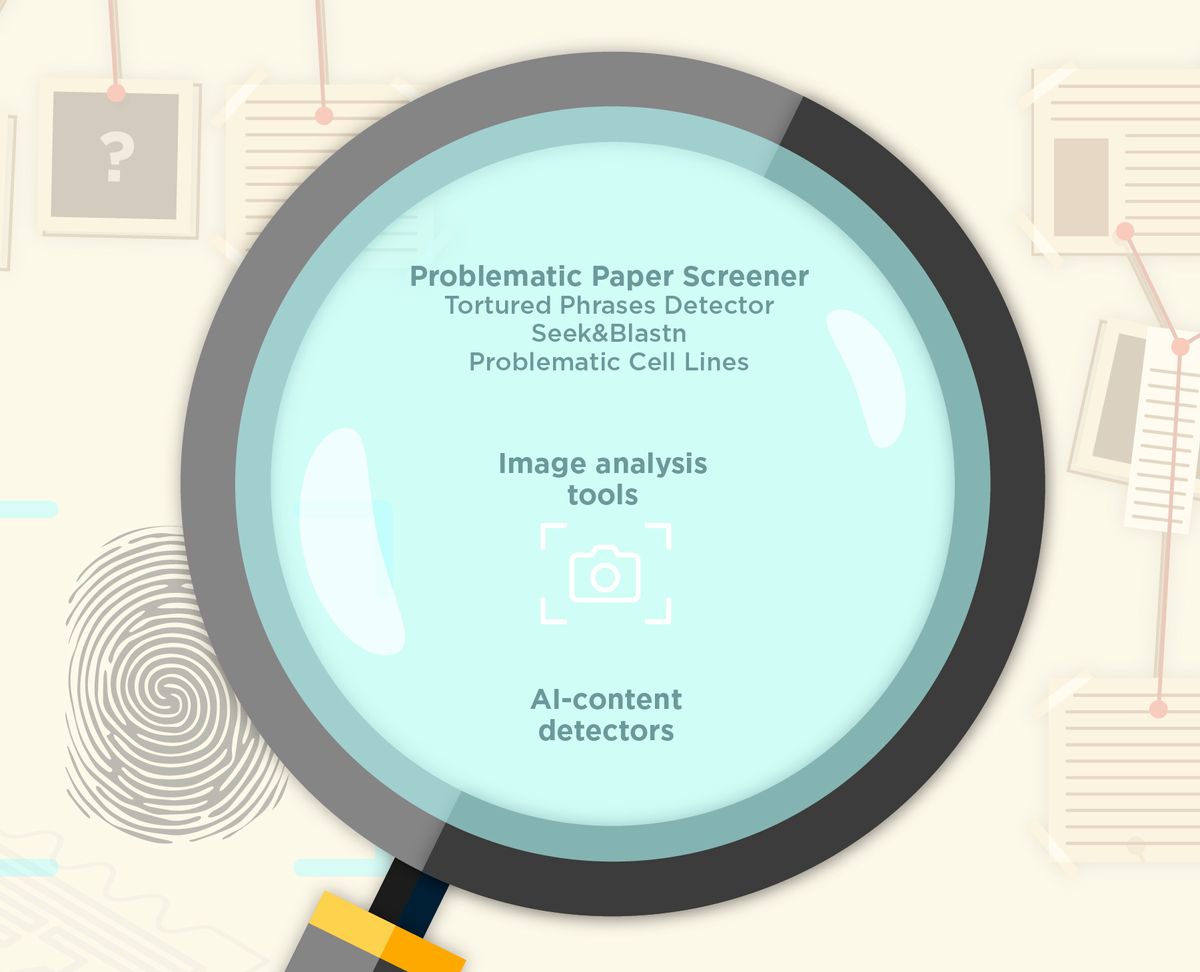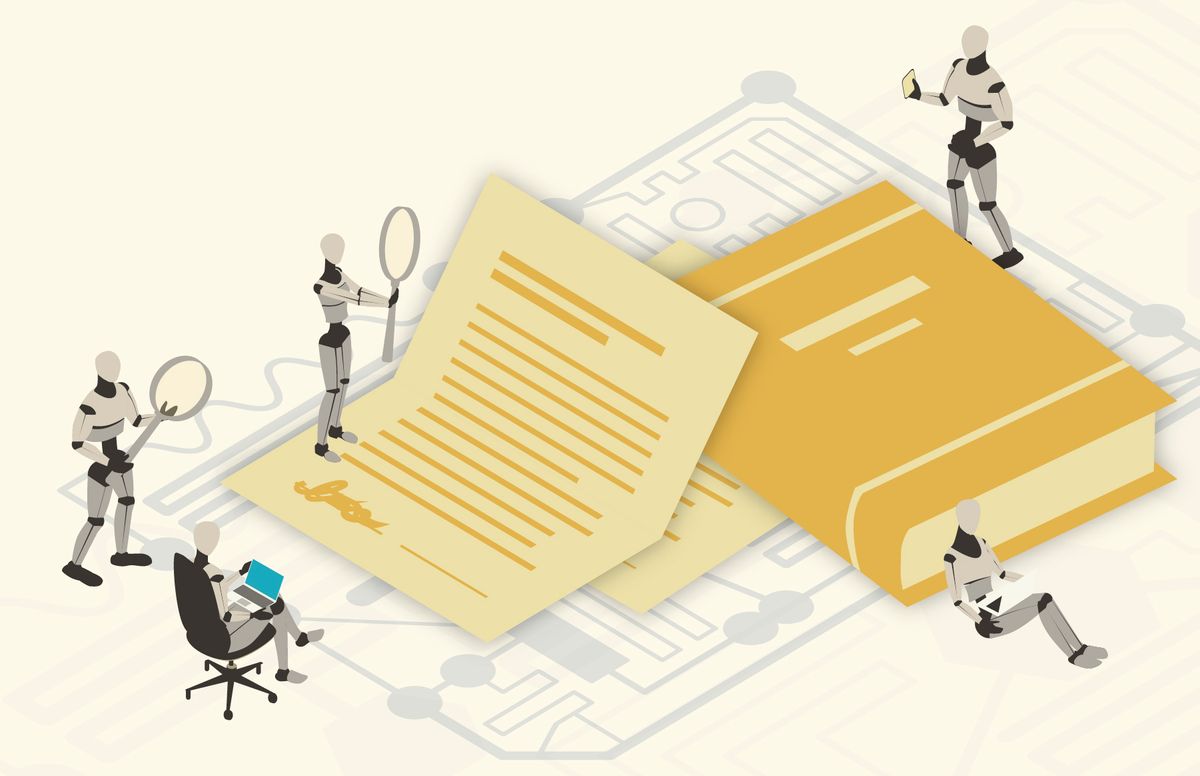In 2023, academic journals retracted nearly 14,000 papers, up from around 2,000 a decade before. Plagiarism and concerns about data authenticity accounted for most of the cases, with many papers showing clear "fingerprints" of research misconduct.

For years, the literature has been inundated with papers featuring nonsensical text, unusual phrases, unverifiable reagents, and manipulated images. Now, there is growing evidence of content generated by large language models and artificial intelligence (AI)-based systems.1-3

To counteract the rising number of fraudulent papers and depollute the literature, scientists are developing tools that detect these “fingerprints,” with emerging detection tools pitting AI against AI.

However, as fraudsters continually develop new methods to outsmart existing safeguards, detection tools need to evolve faster to keep up with deception.
Read the full story.
- Cabanac G, Labbé C. Tortured phrases: A dubious writing style emerging in science. Evidence of critical issues affecting established journals. arXiv:2107.06751v1.
- Labbé C, et al. Semi-automated fact-checking of nucleotide sequence reagents in biomedical research publications: The Seek & Blastn tool. PLOS One. 2019;14(3):e0213266.
- Oste DJ, et al. Misspellings or “miscellings”—Non-verifiable and unknown cell lines in cancer research publications. 155(7):1278-1289.
